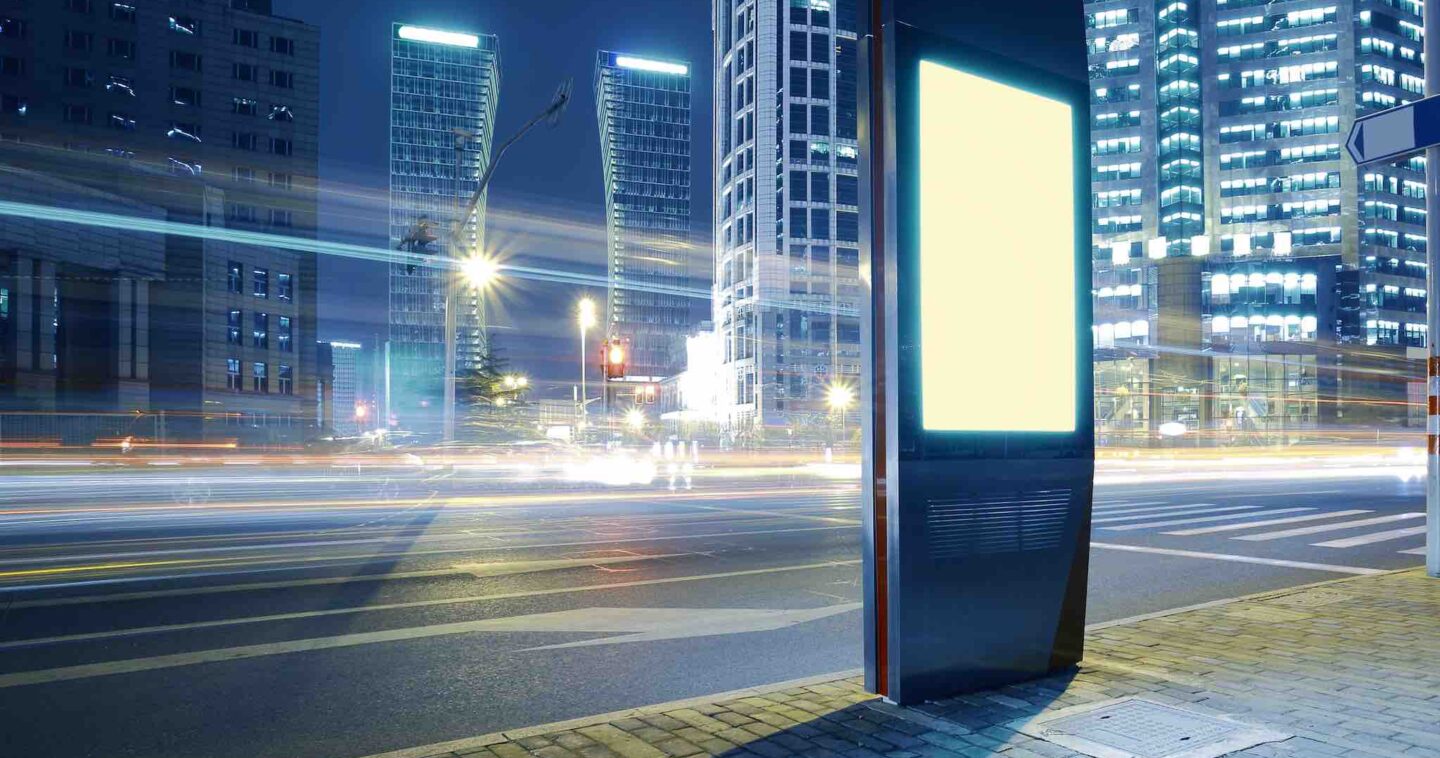The Opportunity—And Challenge—With Digital Signage
This article was originally published on Digital Signage Today.
What’s the most expensive part of a digital sign?
The truck, explains Mark Geiger, Business Development Advisor for AOpen.
Every time a something goes wrong, it’s a $200 truck run, according to Geiger. “But it’s also your reputation. You get a blue screen of death and suddenly you have restaurant managers handing out old school paper menus,” he added.
Welcome to the promise and peril of digital signage. The industry at the moment is at an historical inflection. Declining equipment prices, ubiquitous connectivity, new hardware and advances in predictive analytics are allowing retailers and others to move beyond treating digital signs as simply electronic chalkboards but into dynamic portals that let retailers, hotels or restaurants craft the customer experience.
You will also see tremendous innovation when it comes to product design and functionality because of technologies like organic light emitting diodes (OLEDs), solid-state drives (SSDs) and networked LEDs. With these, designers will be able to create smaller, thinner devices that require less space and consume far less power. Fans in many signs will be eliminated completely. Wall-mounted signs will be complimented by on-shelf and in-table models.
HTML 5, meanwhile, will allow for a greater range of interactivity, letting consumers navigate through videos and other content on signs the same intuitive way they use smartphones today. Increasingly, you’ll see kiosks and signs offering dynamically-generated personalized discounts to frequent buyers (with their permission) or directing them to another nearby store to find the exact size and color they want.
Campaigns like the one Women’s Aid, which brought attention to domestic violence, or “WingMan” from Jet Blue have dramatized what can be accomplished. Consumers are paying attention too: PQ Media has predicted that consumer exposure to digital out-of-home (DOOH) in the U.S. will rise from 47 minutes a week on average to 56 minutes per week. Digital signage will be everywhere and virtually invisible at the same time.
But then there’s the truck. Increased demand for digital signage means…more digital signs, which in turn means more potential failures and glitches. Retailers won’t adopt digital signage if they have to hire additional IT help.
Digital sign manufacturers and system integrators are going to have to show that their products will run uninterrupted for years, even if it’s located above a deep fat fryer. Performance specifications for noise, color contrast, size, connectivity and resolution, while important now, will become even more critical. If you have to wait for a video to load, it’s not an immersive “Minority Report”-like experience. The size advantage of SSDs will also eliminate bulk from designs and give designers more flexibility. Better networking and software analytics, meanwhile, will enable proprietors and/or ad networks to leverage the capabilities of their data centers better to manage campaigns.
For companies concentrating in digital signage, that’s all good news. Often, independent restaurants and retailers jump into digital signage by trying to do it themselves. They will buy a digital sign online or in a big box outlet, secure it to a wall and then experience that sense of disappointment that comes from mediocre execution. The more system integrators can showcase the variety and innovations they can bring to signage—really show what the technology can deliver—the more often you are going to see customers skip that first DIY step.
And, ideally, the truck run that follows.




